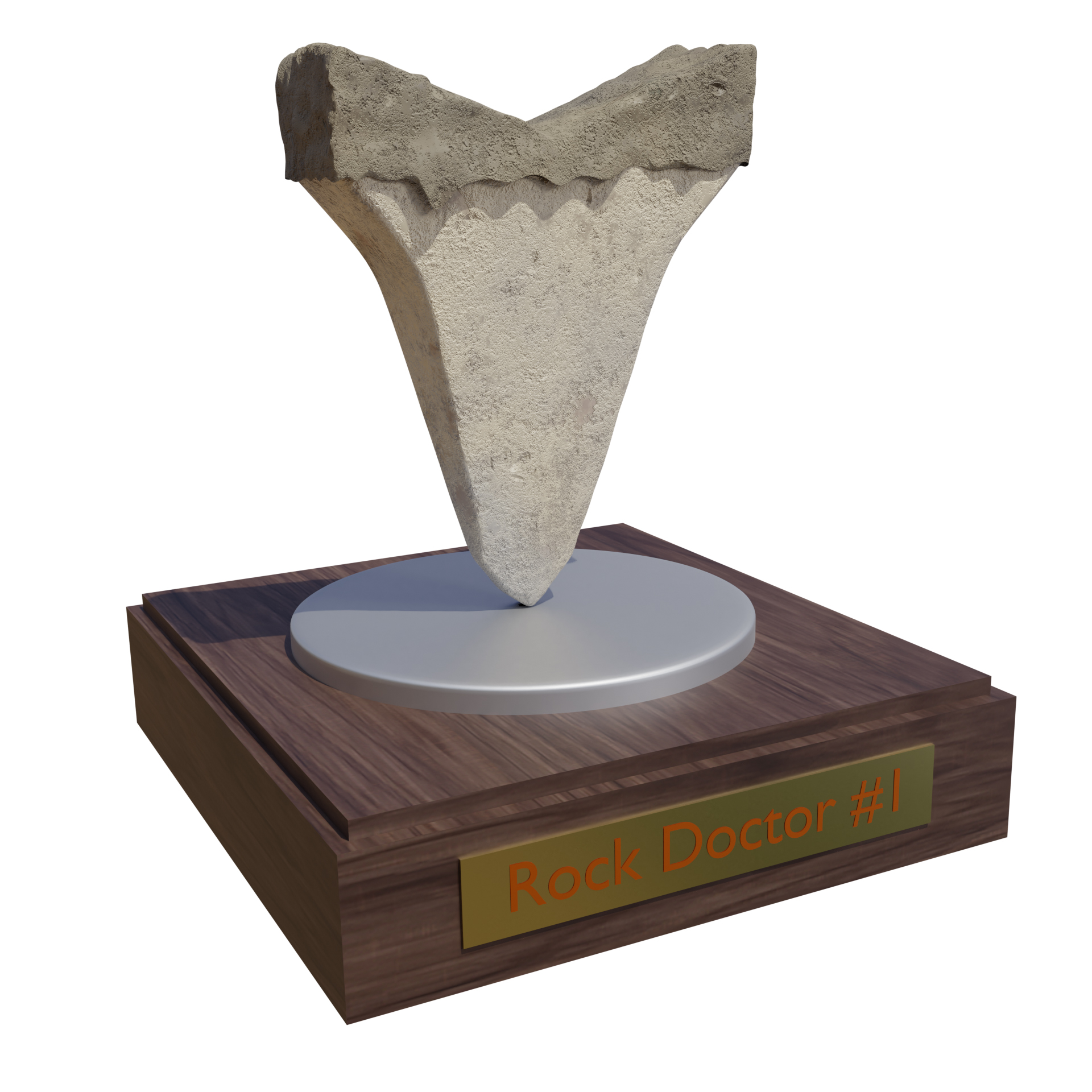The Naze is not very old geologically speaking, at only aprox 53.7 Million years old. It is however, renowned for its abundant fossil remains. The Naze's exposed strata comprises of two main types. The London Clay and Red Crag. The London Clay is the oldest bed on the Naze. It is about 53-40 million years old and is from the Palaeogene period. It comprises of a dark bluish to brownish grey clay, containing variable amounts of sand and silt. The London clay was laid down in the delta of a large river in a sub tropical climate to the east of a large landmass, this is thought to have been some 250-300 Kilometres to the south west of the modern shoreline. The clay is extremely fossiliferous containing many fossils of marine origin, the commonest of these are the teeth of the Seven gilled sand Shark (Striatolamia macrota) and also occasionally there are the larger teeth of the fossil Mackerel Shark (Otodus obliquus). It also contains much plant material derived from rafts of material drifting out to sea from the heavily forested mainland, this is nearly all preserved as Iron Pyrites (Ferrous Disulphide).
Sitting directly on top of the London clay is the Waltonian sub-stage of the late Pliocene early Pleistocene Red Crag. This is much younger than the underlying clay being a mere 1.8 - 2 Million Years old, with all the strata between the clay and the Crag being removed by Glacial action in the intervening period. This gap in time is known as an Unconformity. The Red Crag is highly fossiliferous iron stained sands. Some sections look like they have waves in them. This is cross-stratification, and was formed when the sands were deposited as a series of shallow marines sand waves, much as the submarine sand-waves found in the North Sea today.
The majority of the fossils at Walton can be found from the areas of Shingle and Pyrites. Fossils become 'trapped' in these areas and are just waiting to be picked up. As a general rule, the more pyrites that are exposed the greater your chance of finding fossils. Fossils can be picked up anywhere on the beach. The Red Crag yields a wide variety of shells, fish fragments, sharks teeth and occasional bone fragments. Whilst climbing the cliffs is not recommend and digging in the cliffs is banned due to SSSI Restrictions, shells can be found in the scree slopes, and in many cases, in a much better condition than any you would find in the main face of the cliff. Rainfall also plays its part, doing all the natural sieving for you. Look carefully, get down on your knees and comb the beach. Light coloured nodules contain lobsters, crabs, bird bones and other finds. These are not uncommon but are often found after scouring tides or stormy waters. The actual level these come from is below beach level, therefore it is more likely these will be washed up or found on extreme low tides.
From the car park to just before concrete blocks, fossils are quite rare, but from the middle part of cliff area foreshore, where the large concrete blocks start, it becomes much more productive. This then decreases in productivity as the cliff height decreases.
To claim this Earth cache you must:
1 Post a picture of you and your GPS in front of the Red Crag on the London Clay.
Optional:
2 Post a picture of a fossil you have found and your gps.
3 Email me with the name of fossil type.
